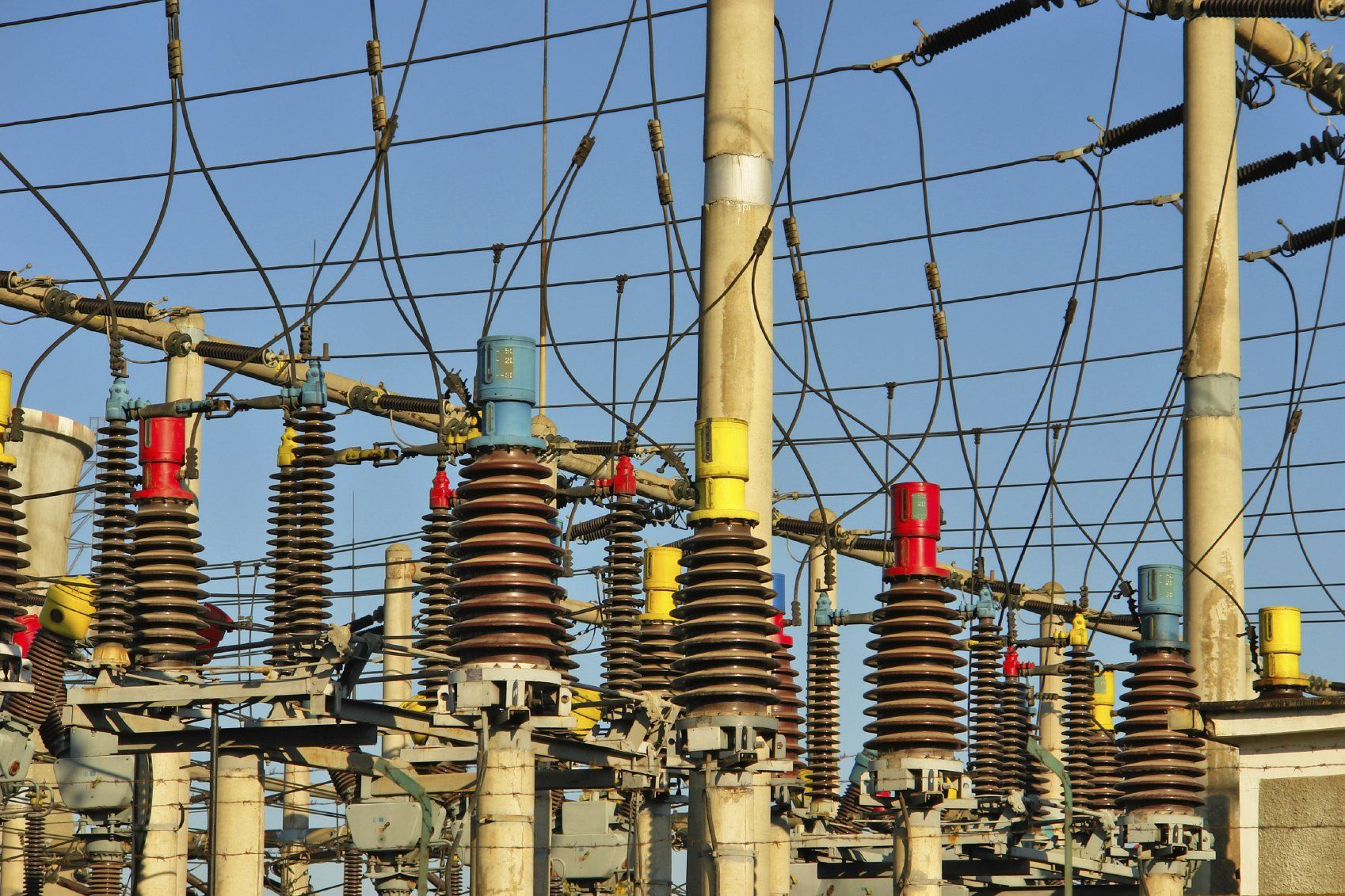Local Registered Electrician for all your commercial and domestic electrical work, installations, fault finding, repairs and maintenance, periodic electrical inspection and testing, certificates, EICRS

Some handy hints for customers prior to looking for a quotation
When looking at Solar for the first time it can all be a bit daunting and confusing with terminology and inaccurate information on forums. Well here is some simple tips to hopefully help you on your way and get you started on your solar journey and successfully engage a Solar Panel Installer
Take a look through what we have written here and if you are still confused or have any questions get in touch and we can see what we can do to help or explain further.
Your checklist
- Is the roof or structure suitable
- Get a smart meter and monitor
- Monitor your electricity usage and check your bills
- Look at future electricity suppliers for best PV tariffs
- Location of equipment and cable runs
- Load shifting, balancing and optimising usage

Are your premises suitable
Do a basic assessment of your property. Does it have a well constructed pitched roof and does that roof have a clear elevation facing ideally south or failing that east or west, do the roofs get shaded at any point during the day by tall trees, adjacent buildings, chimneys etc. Remember that in winter the sun is a lot lower, If it looks like you have clear suitable roof space you are half way there and have the basic requirements for an effective solar generation system.
Next you need to assess how much electricity you require.
For now we will ignore the "fill your roof" brigade its better to assess your requirements and design to those figures.
The only way an installer can design a system to meet your requirements is for you to give them quality information. Yes there are loads of "rules of thumb" but no two customers are the same and in carrying out the below information gather you will get a better understanding of your own usage and needs and it may even shock you into changing habits and making savings right away, maybe just load shifting by running dish washers and washing machines in low tariff periods.

Do you have a smart meter? if not get one, its an ideal way to measure instantaneous, daily, weekly, monthly electricity usage. It is essential if you want to claim smart export guarentee payments for exported electricity from your provider. Contact your electricity provider ASAP and request one. The smart meter will enable automatic reading of usage that will include energy drawn into the property plus in the future surplus generated electricity exported to the grid which can earn you money.

Ensure the smart meter remote monitor is set up and working, get to know it and keep a careful eye on it. This simple monitor will give you information on daily power usage, instantaneous power usage when using ovens, showers and tumble dryers. This is knowledge that will need to brief your potential installer and prepare you by understanding your current usage. It will help your installer greatly to know:
- Your avererage background load
- Peak loads
- Daily Usage for winter, spring & summer
- Annual Usage taken from electricity bill

You now should have some idea of energy usage and patterns, you might want to start doing a bit of research on what energy provider will offer the best tariffs, this will help with financial payback calculations. There seems to be a steady movement towards Octopus Energy although this seems to change daily, it will pay to research them all. If you are including battery storage then you will want to have a low rate night time tariff for battery charging during the dark winter months. NB different providers require different commissioning documentation in regard to SEG payments, MCS is standard a few accept Flexi-Orb.

You need to find a suitable location for the inverter, batteries, isolators, generation meter etc. This is often a quite sizable installation with strict clearance requirements.
Position as near to the incoming supply if possible. Installations are commonly in garages and sometimes in lofts if there is safe access, or even outside. From a common sense point of view, position so they dont get too cold or to warm. Manufacturers instructions do state that their equipment can operate in quite wide temperature conditions but there has been some issues with batteries shutting down during the cold snap this winter.

DC Cabling
This is just to give you a heads up that there are pairs of cables run from your roof top panels to the inverter position, these normally carry DC electricity. DC cables should NOT be buried in walls, if you hit a DC cable the arc and flash could be very dangerous,However if there is no alternative they can be run internally in a large duct or surface run in trunking to avoid inadvertent damage. More commonly the DC cables are run through the loft and down vertically via an external wall surface clipped or in conduit.

What are all these names and numbers
There are a few terms to get used to;
1)
Kilowatt ( kW ) (1000 Watts) which is the term used for the rate of power which something uses electricity, measured at an instant point in time. Ie
inverters are rated in kW that would be the maximum amount of power capacity.
NB This needs to be checked with the manufacturers data sheets as it gets complicated further as some inverters may cope with large amounts of solar DC input but have lesser output rates and battery charge rates.
2)
Kilowatt hour ( kWh ) which is energy used over a period of time. The total amount of energy or the capacity to use.
battery storage systems are sized in kWh and is how your electric bill is quantified. Example; a 5kWh battery would provide 5kW of energy for one hour or 2.5kW of energy for two hours.
Solar panels / solar array / photovoltaic panels
These are normally the rectangular panels fixed to the roof on a frame system, these convert daylight to DC electricity through a photovoltaic process and connect to the inverter.
Inverter
This is the piece of equipment at the heart of the show that does all the magic, it will convert the DC electricity to AC for use directly in the home, charge the optional batteries from the solar generation, control discharge back into the home and monitor the grid supply.
Battery Storage System These are the game changers commonly Lithium Ion Phosphate ( LifP04 ) a very stable long life chemistry, normally warrantied for 10 years. These batteries are essentially solar generation overflow devices allowing you to store surplus daytime generated electricity for use at peak times and outside times of normal daylight generation. You can also benefit from charging the batteries during the dark winter months with off peak low rate electricity, utilising that stored power during daytime peak rate periods to suppliment the poorer solar generation.
Battery sizing you want approximately your daily kWh energy usage in batteries but your installer will advise further on this.
Post Installation; So what can I expect and how do I manage it
From a solar generation point of view in our local Essex and Kent areas solar PV generates fantastically for circa 8 to 9 months of the year. Installations still generate on a reduced rate during the darker months from November to the end of February. A balance between the overproduction in the high summer months and underproduction in the depths of winter woud lead us to believe that we really want to look at optimising a system for the spring and autumn periods unless money is no object but thats rare.
So lets get to know our systems advantages and limitations for an average three bedroom Essex home with gas central heating for example; now that you have looked at your smart meters energy monitor you will have seen that your property has quite a low base load. The base load is the background usage taking into account, fridges, wifi, a PC and the odd light, goldfish tank and operating the AC side of the gas boiler. The base load can equate to anything ranging from 150 watts to maybe 300 Watts per hour. Any more than that and you want to find what is causing the draw. Now If you throw a high load appliance into the mix and use an electric shower, kettle, oven, tumble dryer, keep an eye on the energy monitor and or your inverters smart app and you will see that you are now drawing grid power to suppliment your solar / battery energy. The trick is to load shift your high energy loads by spreading them out to utilise as much of the solar produced energy as possible and when there is less solar generation using washing machines and dishwashers on timers during low rate nightime tariff periods. So get into the habit of taking advantage of periods of strong sunlight, the suns out, batteries are fully charged and excess is being exported to the grid, get that washing machine on or charge that Electric Vehicle USING THAT POWER YOURSELF!!.
Regarding high loads; Remember if you operate appliances that draw in excess of the power that the inverter can output then you draw the excess required from the grid another reason for load shifting and balancing throughout 24 hours.
For an average 3 bedroom house that may consume on average between 8kWh to 12kWh of electricity per day with say 4kW of unshaded south facing solar panels this installation if you adopt load balancing to wring every last bit of benefit out of it could deliver fanastic benefits. So you see, a solar installation is a tool that you have to embrace and adapt to, it has a bit of a life of its own, is dependant on the weather obviously but you can get fantastic results, even better if you learn to work with it.
CONTACT US
Contact us
We will get back to you as soon as possible
Please try again later